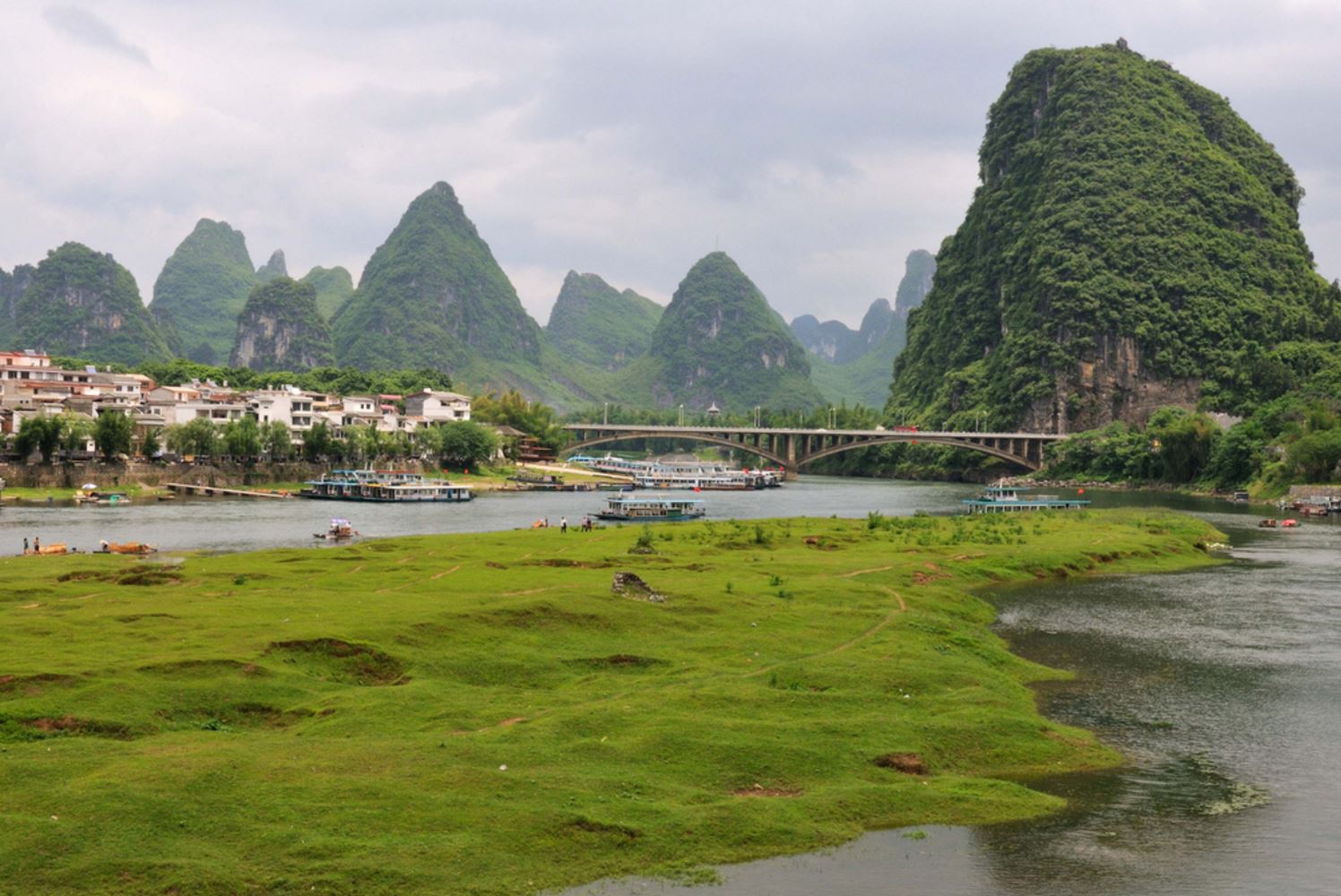Taiwanese and Korean insurance companies are currently the most active in overseas investments among insurers in Asia ex-Japan, but it is Chinese insurers that outsource the most assets. Cerulli Associates, a global research and consulting firm, estimates that Chinese insurers outsourced US$228.1 billion in life insurance assets in 2015, up by 38.6% over 2014 and nearly double the amount in 2011.
This is one of the key findings in Cerulli’s newly released Asian Insurance Industry 2016 report. Though most of these outsourced assets are invested domestically, more assets are expected to flow overseas as Chinese insurers see a growing need for better returns outside their domestic market to help meet their liabilities. China’s life insurers have seen their liabilities rise as they tried to compete with providers of popular wealth management products by offering policies with attractive return rates, such as universal life. Total insurance liabilities in the country stood at US$1.7 trillion in 2015, up by 44.5% from 2013.
Chinese insurers also face a growing concern over the potential impact of lower interest rates, with the People’s Bank of China‘s base rate for one-year loans now at 4.35% and its benchmark rate at 1.5%. With more than 21% of total insurance assets invested in deposits alone at end-2015, insurers derive an important portion of their investment income from the interest earnings of these investments. A fall in interest rates will inevitably have an impact on their investment income and will push insurers to deploy assets more efficiently by diversifying their sources of returns, including overseas.
This is something Cerulli has already seen happening. Looking at the Chinese insurance industry’s total investment portfolio, the proportion of assets in bank deposits declined from 27.1% in 2014 to 18.8% in June 2016. On the other hand, investments in the “others” category–which includes listed and unlisted long-term equity investments, bank wealth management products, trusts, private equity, venture capital, loans, and real estate–rose from 23.7% in 2014 to 34.2% in June 2016.
With the general lack of overseas investment experience and expertise among Chinese insurers, Cerulli expects many of them to work with foreign managers on offshore allocation. “There will particularly be opportunity among small and mid-sized players as they follow the lead of large insurers and rely on third parties. Unlike their larger counterparts, most of these players don’t have asset management subsidiaries in China or Hong Kong to help them with their investments,” says Manuelita Contreras, associate director at Cerulli, who led the report.
Supporting this outlook is the increasing number of insurers with regulatory approval to invest overseas. “Nine life and non-life companies received the green light to invest overseas in 2015 through the external manager route, up from only four in 2014. As of July 2016, 15 insurers have the approval to invest overseas through this route,” says Rui Ming Tay, analyst at Cerulli, who co-led the report.
“Through the Qualified Domestic Institutional Investor (QDII) scheme, some of the private insurers are expected to use their overseas investment quotas to outsource assets, potentially for global fixed-income and multi-asset strategies,” says Kangting Ye, analyst at Cerulli, who covers the Chinese insurance market. There were 40 approved QDII insurers as of June 2016.

